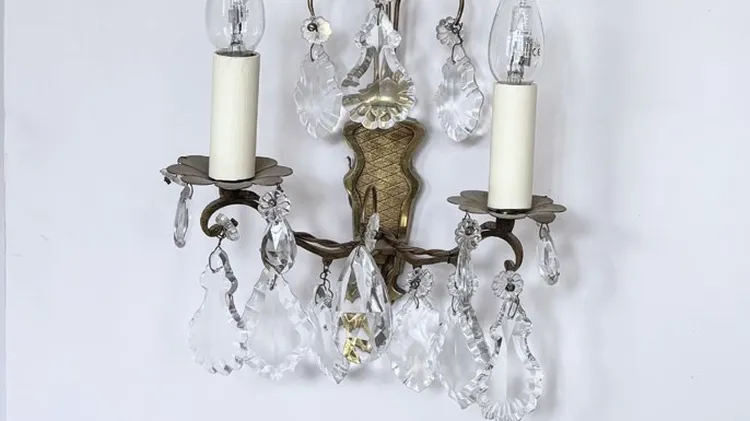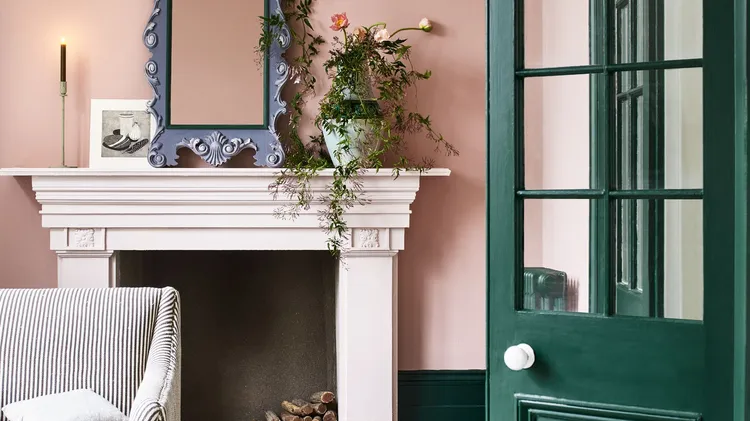Whether you have a specific work of art you want to highlight, a collection of vintag
Lighting
7 min read
This article is from...
Read this article and 8000+ more magazines and newspapers on Readly






